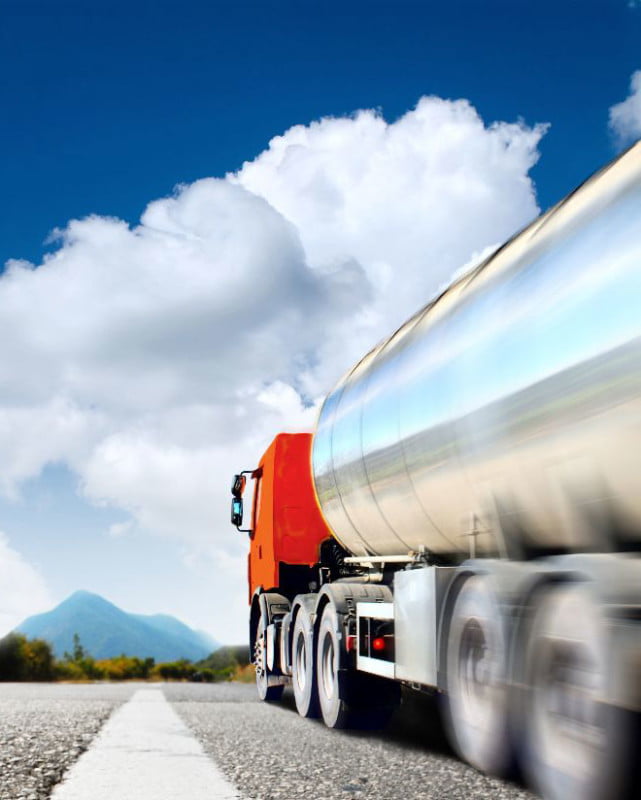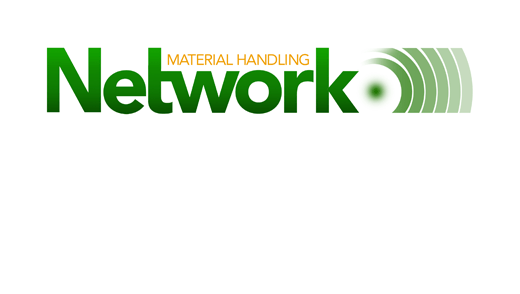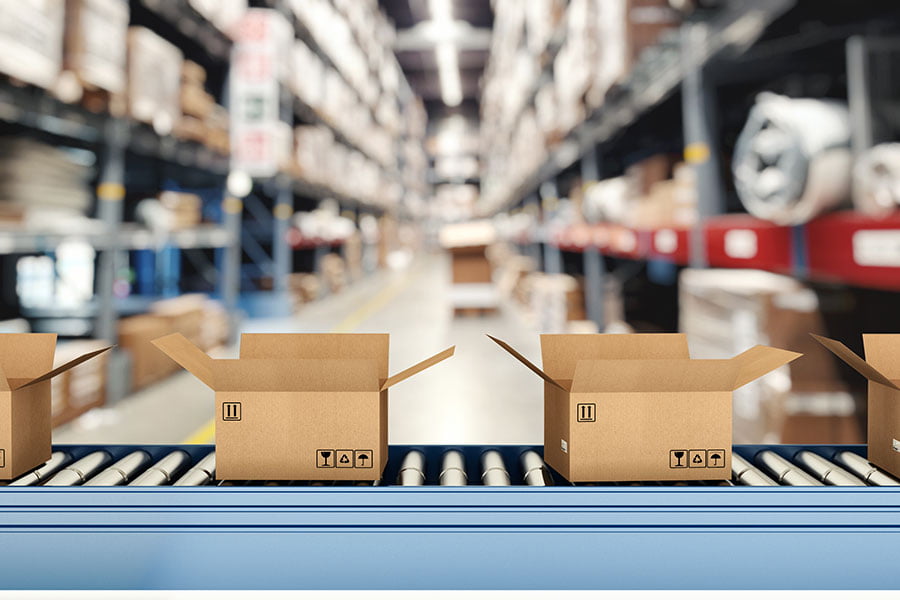Published May 4, 2015
Enter the Pooling concept. The Pooling concept is where a group of shipments that are bound for the same region that normally would have shipped via Less-Than-Truckload (LTL) carrier are “Pooled” together, or consolidated onto a full trailer or trailers, shipped to key markets, and then deconsolidated to make the final leg of the delivery. The shipments share a ride on a cheaper mode of transportation for the majority of the trip. The concept can be applied at both the origin and the destination of the shipping lane. At the beginning of the trip, it is called Pool Consolidation and at the end it is referred to as Pool Distribution.
According to Joey Aboussie, President, Transport Logistics Inc. (TLI), “Pool Distribution combines the benefits of full truckload shipments with the efficiencies of time sensitive local/regional deliveries.” We’ll talk more about the benefits of this method but for now, “shipments enjoy an exceptionally cost effective solution for the vast majority of the shipping distance.”
The concept is not new it has been employed for many years. Some of us even apply the concepts in our daily lives. Car pooling is applied in much the same way and offers similar benefits on a personal level as Pooling does in shipping. It is cheaper: less fuel is used and less depreciation and wear on vehicles. It is generally quicker as most congested routes offer HOV lanes that can be utilized by car pools. It reduces the carbon footprint: less total miles driven = less fuel consumption = less carbon emissions.
Many Fortune 500 companies have utilized Pooling for years. Even setting up their own systems and processes to take advantage of the savings generated by consolidating shipments for a region onto a single truck. The typical drawback for smaller companies from utilizing this concept is limited density and/or volume. They may simply lack enough stores in a geographic region (density) to generate enough product to fill a truck bound for a particular region (volume). Nor do they have the infrastructure, systems and technology to coordinate such an effort. Teaming with a 3PL provider that specializes in Pooling services through an experienced carrier network is the best way to take advantage of these cost saving concepts.
Pool Distribution
If you have ever done business with a big box retailer that has required you to pick up by retail store but ship to their regional DC, then you have already used the Pool Distribution concept. Instead of shipping the orders to the retail stores via parcel, you were asked to consolidate all the retail store orders onto pallets and ship them LTL, depending on the size and circumstances.
Utilizing a 3PL provider to coordinate Pool Distribution runs is basically the same, only on a much larger scale. The 3PL providers have systems and a pre-established network of distribution points that take in full truck loads and sort and combine shipments with shipments from other vendors to perform the final mile delivery to the customer. This is especially useful if the deliveries are to retail locations that require floor personnel to receive the deliveries, or locations that require specialized vehicles such as small vans or trailers equipped with lift gates.
Aboussie noted that, “The most common model of Pool Distribution involves consolidating numerous shipments of a single shipper at a single origin point usually at the shipper’s distribution center which are destined for a specific geographic region, but having multiple delivery points within that region. Product cartons at origin are typically loaded floor to ceiling for maximum cube of the truckload trailer(s) and shipped to the destination region’s Pool point facility. Upon arrival at the facility, the freight is unloaded, scanned, sorted by delivery location (store), palletized, shrink wrapped, loaded onto local delivery vehicles, and delivered to the various Pool stores.”
In certain situations where volumes to a single region are insufficient to justify Pooling, multiple Pools might share truckload costs. In such instances, the long-haul truck could make a stop at one regional Pool Distribution point on the way to a second Pool Distribution point. In most situations the full trailer would be routed directly to a single distribution point and sorted for final delivery based on customer and final delivery dates.
Pool Consolidation
Pool Consolidation works the same as Pool Distribution, only in reverse. The 3PL providers have systems and pre-established networks that they use to build multi-vendor full truckloads for direct runs into a single retailer or location. This process can be paired with Pool Distribution so there is a consolidation point at the beginning of the long-haul and a final mile delivery at the end.
This strategy requires a large amount of coordination by the 3PL provider with the participants and other providers on things such as shipping schedules, trailer and node utilization, and delivery dates. The retailer or receiver benefits by a reduction of trucks needing to be scheduled or unloaded, for the same amount of volume which requires fewer receiving doors.
Benefits of Pooling
- Costs: Aboussie tells us that, “One of the most significant advantages of Pool Distribution for a shipper is the cost savings opportunity associated with various modes of transportation, specifically truckload versus LTL or small parcel.” Paying for separate LTL shipments is typically more expensive than sharing a ride with others on the long-haul portion of the shipment. It is a matter of efficiency. The costly miles for any truck are the first and last 50 miles. Since LTL involves multiple legs, each with a start and end, it is less efficient and more costly than a consolidated shipment. In addition, TL rates are more stable and consistent than LTL rates. LTL carriers typically give large discounts to high-volume shippers. When a small shipper lacks the volume to effectively bargain with these carriers, they end up paying higher rates.
“Besides density and volume, other factors impacting the efficiencies of Pool Distribution are 1) the distance from the DC to the Pool point and 2) the percent of cubic feet of the truckload trailer that is filled with freight loaded at the DC. The greater the mileage from origin DC to destination Pool and the higher percentage cube of the truckload trailer, the greater the cost savings potential,” Aboussie said.
- Rate Audits: Anyone that has dealt with LTL rates knows about their complexity. The rates are calculated using a complex formula that is based on the shipment’s weight and dimensions, the pallet count, the origin and destination, and the freight calculation. Each carrier has their own set of formulas, so it is difficult to compare carriers. Pooling is based mainly on the TL rates that use weight and miles to determine the total costs.
- Speed of Delivery: Due to the possibility of LTL shipments passing through multiple hubs in route to the final destination, freight sent this method could take up to twice as long as a Pooled TL shipment. Aboussie points out that, “Deliveries are more timely, require less handling which results in less claims potential and greater shipment integrity. Timeliness of deliveries can be crucial in a competitive sales market.”
- Carbon Footprint: Pooling shipments is a great way to “go green.” By being more efficient in truck movements, there are fewer trucks on the roads, less fuel being used, and therefore a smaller carbon footprint.
- Improved Service: Aboussie says, “Experience has shown that local Pool carriers tend to provide more personal attention, be more service driven, and achieve better delivery accuracy and more on-time percentage.” Improved service levels are very important in today’s marketplace.
Pooling Challenges
Why is Pooling not more popular? The short answer is that implementing a new strategy requires a fundamental change in thinking. It requires process changes, coordination with the 3PL provider and customers on creating a more defined scheduling process, and possibly commitments on volumes to get the best pricing.
Teaming with the right 3PL provider is critical. There are definitely criteria that you need to look for in selecting a partner:
- Established Network: Obviously, we want to select 3PL providers that have established networks in the regions/markets both where we are and where our customers are. This will be more critical for asset based providers, where non-asset based providers tend to be more flexible in creating nodes in critical areas.
- Compatible Products: This criterion is two-fold, both for economics and product quality For economics, you want a dense concentration of customers that can fully utilize the assets whether that is the full trucks, distribution nodes, or the delivery trucks. The denser the concentration, the less you pay for the underutilized portions of the assets. Product quality can be compromised if compatible products are not considered. For example if your product is placed on the same trailer as scented products such as candles, the customers of your sportswear may complain about the scent of the delivered product.
- Systems: It is very difficult to perform this level of coordination with transportation, scheduling, and other vendors manually. To utilize this strategy to its fullest, systems are needed to automate the process whether they are deployed by you or your provider. The simplest would be for your provider to provide these systems as the coordination between other vendors is an important part of the strategy to which you may not have access.
- Product Visibility: The chosen 3PL provider should allow 24/7 visibility and control of in transit freight. Whether the 3PL is the last mile delivery provider or not, choose a provider that has the ability to give up-to-date a freight status from a single source.
- Other Criteria: Aboussie listed a number of additional advantages of a 3PL including, “no need for a large transportation department, a single point of contact for the customer regardless of location, uniform and consistent controls and procedures, customer service centers, product verification – scanning, tracing, tracking and reporting, web interface, uniform technology systems nationwide, barcode level accountability from DC to store, and consistent training across the network by customers,” to name a few.
We have all heard the advertisements about a third party service provider of phone systems or office space that give small companies the look and feel of much larger companies by offering amenities or services typically reserved for companies with much larger budgets.
They do this through:
- Utilizing technology
- “Pooling” many small companies under one service umbrella
Therefore, these smaller companies are able to gain value from the services while doing so at a much reduced price than if they had to acquire the services on their own.
This is very similar to Pool Distribution. Several companies with similar goals utilize a 3PL provider to apply this collaborative strategy.
Conclusion
Looking to the future we see the Pooling strategy being applied by more companies as the pressure on transportation availability and costs continues to a significant factor. Pooling is a great opportunity to explore for all the benefits highlighted in this article.



